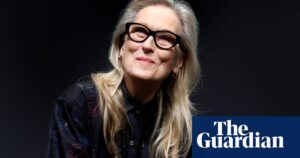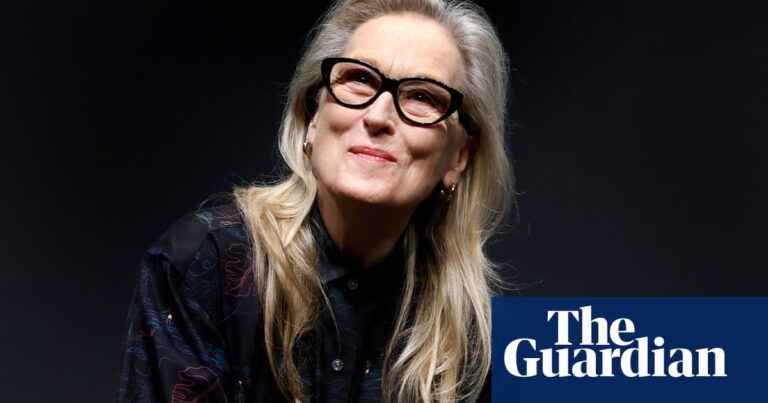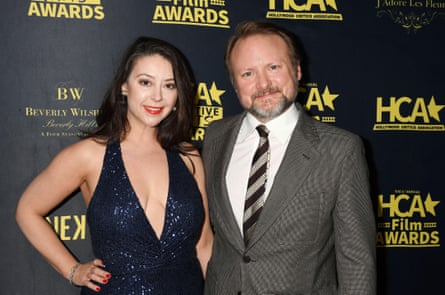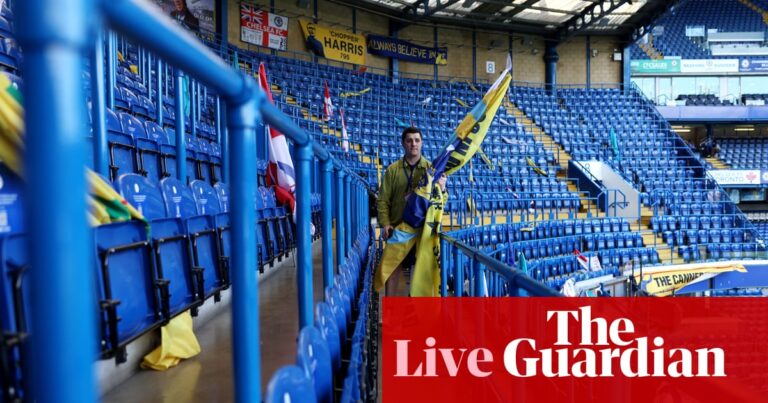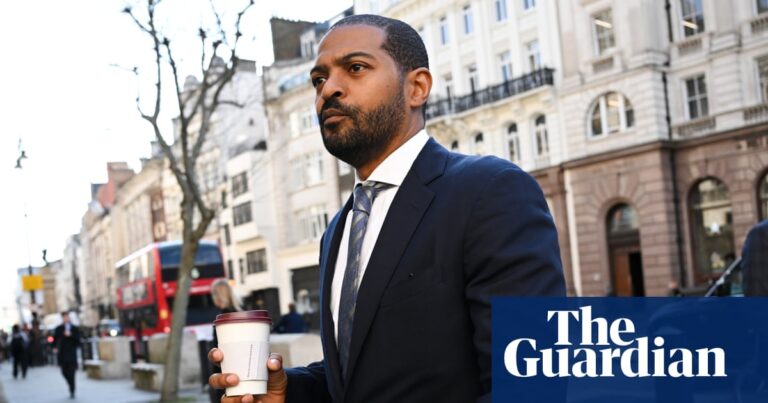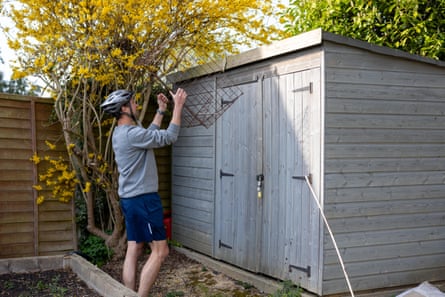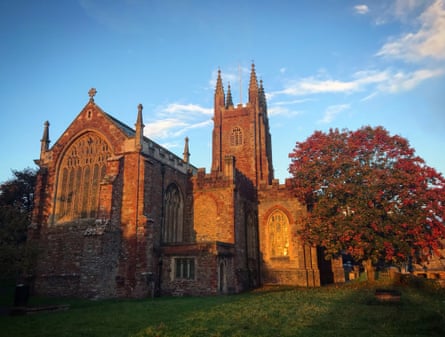Bryan Ferry, singer, songwriter
I’m not a musical detective, but I’d put my money on the inspiration for Slave to Love coming from Prisoner of Love by the Ink Spots, which I heard when I was five. My Auntie Enid’s husband was stationed in Europe with the armed forces and I think he picked up American records and brought the Ink Spots home. I still have the 78 RPM single.
I wrote the lyrics in a hotel room in New York, while pacing the floor at night. I’d done more esoteric things in the past, but I wanted something simple and memorable, a song for everyone. A hit! The first line – “Tell her I’ll be waiting / In the usual place / With the tired and weary / And there’s no escape” – set the scene.
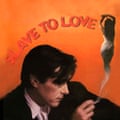
I’d loved being in Roxy Music but, going solo, the world was my oyster. We had assembled a team of big guns, people like David Gilmour (guitar), David Sanborn (saxophone) and Nile Rodgers (guitar). Neil Jason had a swing to his bass-playing that suited the track down to the ground. Neil Hubbard had the most wonderfully soulful tone and we recorded him early on to build the song around him. The guitar solo in the middle is actually three interweaving guitarists: Gilmour, Keith Scott and Hubbard.
I did the video in Paris with Jean-Baptiste Mondino. It was beautifully filmed, with a certain chicness – all these beautiful girls and me in the background, which was how I liked to be. At the end of the video, I’m hugging a child, like a long-lost daughter or something. Good twist. It turned out this child actor was the daughter of someone I’d had dinner with, along with Salvador Dalí, in 1973.
When I performed the song for the first time, at Live Aid, the drummer broke his snare-drum skin, the bass was in a different tuning, Gilmour’s guitar wasn’t working properly, and someone had to tape another mic to mine because it wasn’t audible. But despite all that, the song took off pretty quickly and has been in lots of films. It’s fabulous when people identify with your feelings about something.
Rhett Davies, producer
I first met Bryan when I engineered a track on his 1974 solo album Another Time, Another Place. Then in 1979, when Roxy had got back together, I was pulled in to do a week’s work on the Manifesto album and stayed for 40 years. We had found a way to cut Dance Away, which they’d tried before but hadn’t pulled off. I suggested laying down a keyboard and rhythm box and building it up from there. As Roxy’s sound evolved from Manifesto to Flesh and Blood to Avalon, we kept that way of working.
Bryan’s Boys and Girls album felt like a continuation, just without Roxy. We started working on it at his house in Sussex with simply his voice and his CP-80 electric piano. We went to a studio in London called the White House, then went to Bette Midler’s house in New York. She’d had trouble sleeping and had built a soundproof room, so we set a studio up in there.
It was one of the most difficult tracks to finish and it went through a lot of lives. In the chorus, there’s a little keyboard phrase that came from another track we never got to finish, so we moved it into Slave to Love. Bryan loves having something straightforwardly passionate throughout a song, and on this one it was a cowbell. The drummer, Omar Hakim, recorded the big snare drum sounds in New York’s Power Station studios’ stairwell, which had a famous reverb.
Bryan was still working on the lyrics so the vocals came last, and it was the last track we finished for the album. Bob Clearmountain [mixing engineer] mixed it so many times in so many studios. He remembers falling asleep in Air Studios mixing it even more. It was finally finished at three in the afternoon. When we heard the completed song, there was just elation. When I listen to it now, I wouldn’t change a thing.
Source: theguardian.com





